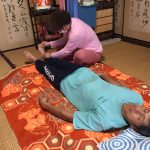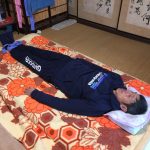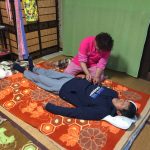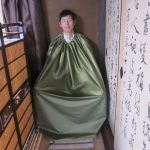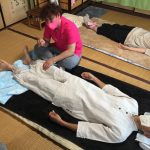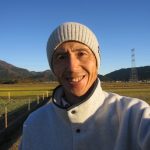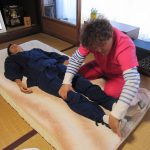alternative medicine
Ways to Measure Your Condition through Japanese Natural Health: Ikigai Bio-Hacking
By constantly measuring your condition using data based on Western medicine, you become dependent on numbers and data, which might prevent you from developing your inherent senses to feel what’s happening in your body.
Bio-Harmonizing with Japanese Natural Health
While bio-hacking is more science and technology-oriented, bio-harmonizing in the Ikigai Diet is keeping a balance between ancient wisdom and modern science. I incorporated many aspects of Japanese natural health into the Ikigai Diet. Zen Shijin diet, ancient Japanese martial art, healing methods such as Shiatsu, Seitai, and acupuncture are all part of Japanese natural health, which was initially influenced by ancient Chinese medicine.
A Secret of Ancient Japanese Martial Arts to Healthy Living
I just had a session with Dr. Hirai, an acupuncturist, a chiro, and a total bodyworker who is also a master of an ancient Japanese martial art. He is the one who introduced me to Nordic walking and told me about the posture. He comes to our house all the way from Fukuoka once every two months to give sessions to people in Hino.
